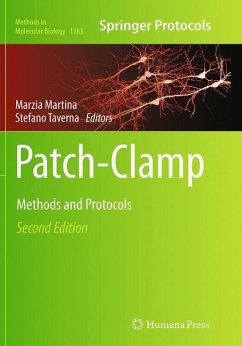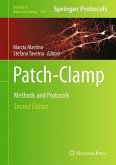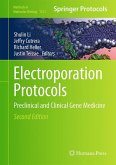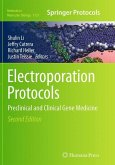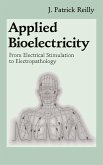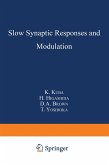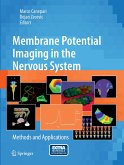Since its inception, patch-clamp has continued to be widely considered the gold standard method to record ion channel activity. Patch-Clamp Methods and Protocols, Second Edition, provides a comprehensive collection of new techniques for the development of automated, high-throughput screening systems for pharmacological evaluation, the use of various patch-clamp configurations together with novel molecular biological and imaging methodologies and enhanced stimulation protocols and perfusion systems. Divided into sections on pharmacology, physiology and biophysics, the chapters cover methods to generate more physiologically relevant conditions for drug application and screening technologies, recently developed applications such as optogenetic stimulation, advances in whole-cell recordings in freely-moving animals and novel technologies to create custom microelectrodes designed for reducing the access resistance and improving the rate of molecular diffusion. Patch-clamp is an indispensable technique for conducting pharmacological, physiological and biophysical research aimed at understanding crucial aspects of cellular and network function. Written in the successful Methods in Molecular Biology series format, chapters include introductions to their respective topics, lists of the necessary materials and reagents, step-by-step, readily reproducible protocols and notes on troubleshooting and avoiding known pitfalls.
Authoritative and easily accessible, Patch-Cla
mp Methods and Protocols, Second Edition will provide a useful technical and methodological guide to diverse audiences of electrophysiologists, from students to experienced investigators.
Authoritative and easily accessible, Patch-Cla
mp Methods and Protocols, Second Edition will provide a useful technical and methodological guide to diverse audiences of electrophysiologists, from students to experienced investigators.
"This is a very good up to date 'how to' manual with dozens of unique protocols regarding single channel, whole cell, and network patch recordings. ... This atlas and textbook is a good choice for 'patchers', neurohysiologists, biophysicists, students, fellows and 'cell' molecular physiologists." (Joseph J. Grenier, Amazon.com, September, 2015)

